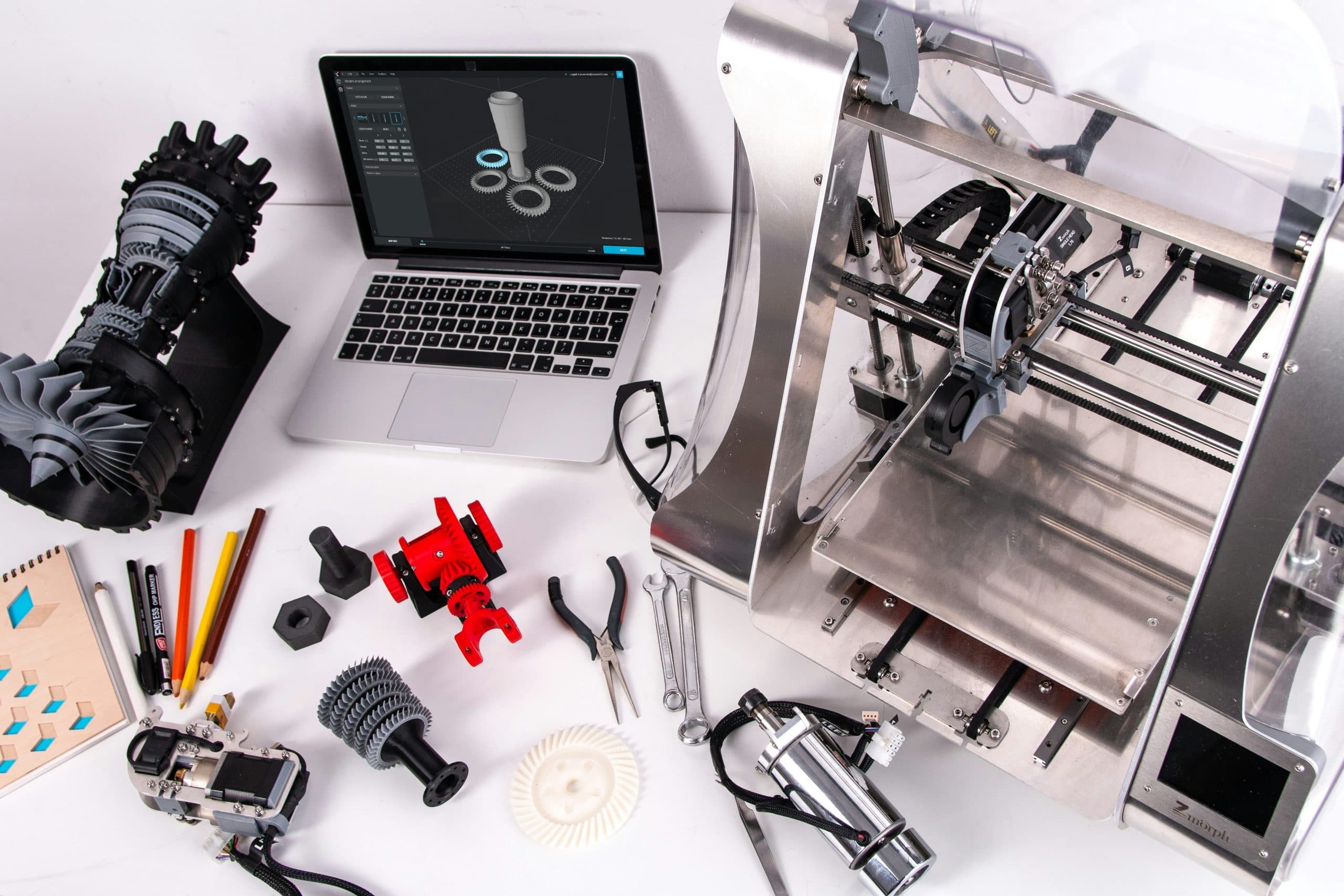DATE
1st July 2025
CATEGORY
Artificial Intelligence

Hyperautomation is an advanced approach to automation that combines various technologies, such as Robotic Process Automation (RPA), Artificial Intelligence (AI), and Machine Learning (ML). The goal is to automate complex business processes that were previously performed manually or required human intervention.
What sets hyperautomation apart from conventional automation is its ability to not just automate individual tasks but also to orchestrate end-to-end processes. Whereas automation might just replicate simple tasks, hyperautomation focuses on optimizing and transforming the way businesses operate by integrating broader functionalities including AI-driven insights.
In today’s digital-first world, hyperautomation plays a pivotal role in a company’s digital transformation strategy. Businesses that integrate hyperautomation are better positioned to respond to market changes, reduce operational costs, and improve their overall efficiency.
Key technologies include cloud computing, which provides the flexibility and scalability businesses need, and the Internet of Things (IoT), which connects devices to facilitate data-driven decision-making.
Pro Tip: Evaluate your current automation tools and assess which additional technologies, like AI and machine learning, can enhance your workflows for a comprehensive strategy.
The Business Value of Hyperautomation
The business value is immense. First and foremost, it significantly increases efficiency and productivity by streamlining processes. By automating repetitive tasks, employees can focus on higher-value work, leading to enhanced output.
Cost savings are another critical benefit. The technology can lead to substantial return on investment (ROI) as it reduces the need for manual labor. According to a 2021 report by McKinsey, organizations that effectively use hyperautomation can see cost reductions of up to 30%.
Hyperautomation also enhances decision-making capabilities through real-time data analytics. By synthesizing large volumes of data quickly, organizations can derive actionable insights to drive strategic decisions.
Moreover, customer experience improves significantly as it allows for faster response times and personalized services. A survey by Deloitte found that 63% of organizations implementing hyperautomation reported better customer satisfaction scores.
Pro Tip: Establish KPIs to measure the success of your implementation efforts, focusing on efficiency, cost-saving, customer satisfaction, and ROI.
Common Challenges in Implementation
While the benefits of are clear, several challenges can impede its implementation. One major hurdle is resistance to change among employees and leadership. When changes to established workflows are introduced, it’s natural for individuals to feel uneasy.
Integration complexities with existing systems and processes can also pose challenges. Ensuring that new tools can work seamlessly with current workflows is crucial to avoid operational hitches.
Moreover, data security and compliance must be prioritized during automation workflows. Organizations need to ensure that their automated processes comply with relevant regulations to avoid potential penalties.
Finally, there’s a significant need for a skilled workforce capable of managing and optimizing tools. As technology evolves, so too must the skills of the individuals driving these changes.
Pro Tip: Involve employees in the journey from the outset; educate them about the benefits and provide training to ease transitions and foster acceptance.
Steps to Get Started
If you’re looking to implement hyperautomation, start by assessing your current automation initiatives. Identify gaps and opportunities where the technology can add value.
Next, build a cross-functional team that includes members from IT and business units. This collaborative approach ensures that all aspects of the implementation process are covered.
Define clear goals and objectives for your hyperautomation investments. This clarity will help align efforts across departments and ensure that everyone is working towards the same ends.
Lastly, select the right technologies and platforms that align with your business needs. The right tools can make all the difference in successful hyperautomation implementations.
Pro Tip: Utilize proof of concept initiatives to test hyperautomation technologies on a smaller scale before rolling them out organization-wide.
Case Studies: Success Stories in Hyperautomation
Many companies have successfully implemented hyperautomation, showcasing its advantages. For example, a large financial services firm employed hyperautomation to streamline loan processing, resulting in a 40% reduction in processing time.
Key metrics before and after deployment often reveal substantial improvements. Another retail giant reported a 25% increase in operational efficiency and a significant boost in customer satisfaction ratings post-implementation.
Real-life examples highlight that hyperautomation can lead to improved operational efficiency and enhance customer satisfaction, driving business growth. Best practices from these case studies involve emphasizing a gradual approach and focusing on training.
Pro Tip: Look for industry-specific success stories that relate to your sector, so you can derive actionable strategies for your own hyperautomation journey.
The Future of Hyperautomation by 2025
As we look to the future, several trends and advancements in hyperautomation technology are emerging. By 2025, we can expect AI and machine learning to be further integrated into hyperautomation solutions, enabling smarter and more autonomous processes.
The roles and skills required for the evolving workforce will also change. As automation takes on more responsibilities, employees will need to adapt by acquiring new skills to manage advanced tools.
Ultimately, hyperautomation will significantly enhance business agility and competitiveness in the market. Organizations that embrace these advancements will be better prepared for the future.
Pro Tip: Keep abreast of technological advancements in hyperautomation by attending industry conferences and participating in relevant online training programs.
Embracing Hyperautomation for Growth
In conclusion, the strategic importance of hyperautomation cannot be overstated. It presents an opportunity for businesses to enhance efficiency, drive cost savings, and improve customer experience.
As a business leader, it’s crucial to take proactive steps towards adopting hyperautomation technologies. By doing so, you’ll position your company for long-term success and growth.
For further reading and resources, consider exploring research papers and industry reports on hyperautomation, or joining webinars and online communities dedicated to this evolving field.



